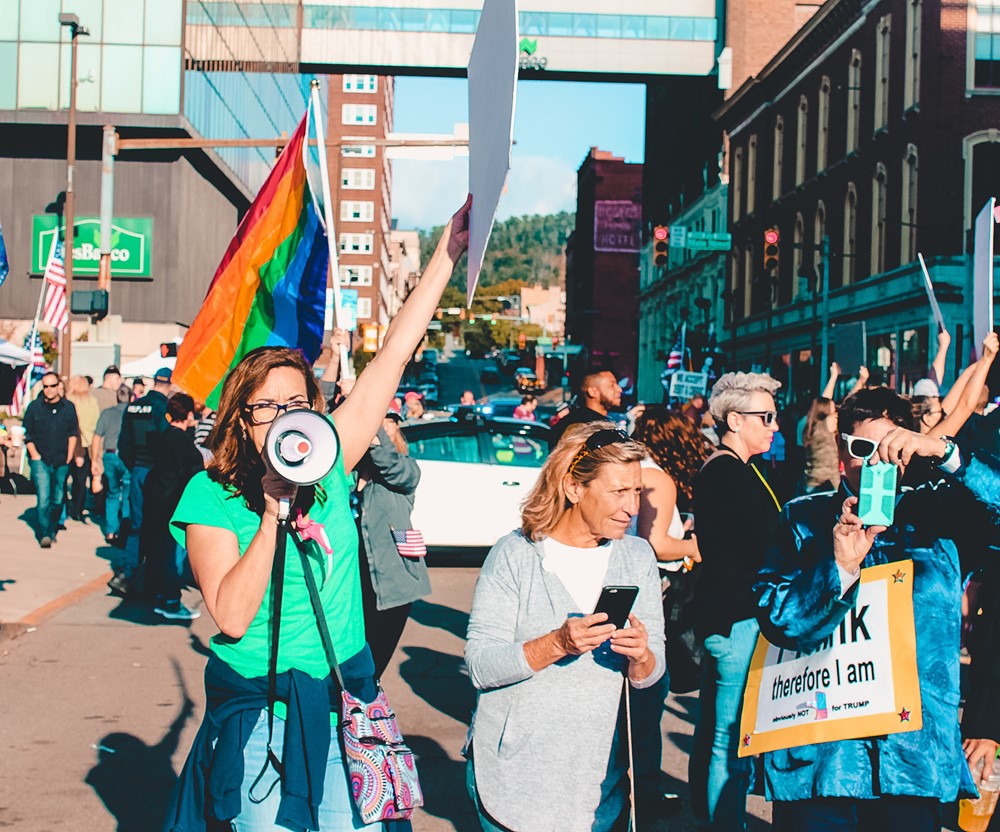
25th Anniversary of the Beijing Declaration
Part One: History and Purpose
Categories
- Community
- Thought Leadership
In 1995, 189 governments were joined by 17,000 participants and 30,000 non-governmental activists in Beijing for the opening of the Fourth World Conference on Women. For two weeks, government representatives worked on producing a document of agreed written targets towards achieving gender equality. Meanwhile, the non-governmental activists followed the process closely and reviewed, rebuked, or supported, suggestions as they were made. Through their lobbying efforts, civil society applied pressure on governments to make meaningful commitments, ones which would ensure gender equity across all domains, for all individuals. The outcome of this momentous conference was the Beijing Declaration and Platform for Action (BPfA).

The document identifies 12 critical areas of concern. “In each critical area of concern, the problem is diagnosed and strategic objectives are proposed with concrete actions to be taken by various actors in order to achieve those objectives” (BPfA). In this way, the BPfA becomes a comprehensive guide to understanding and combatting the key barriers to gender equality. The twelve critical areas of concern are as follows:
- Women and the environment
- Women in power and decision-making
- The girl child
- Women and the economy
- Women and poverty
- Violence against women
- Human rights of women
- Education and training of women
- Institutional mechanisms for the advancement of women
- Women and health
- Women and the media
- Women and armed conflict
Coming up next, check out Part Two: 25 years later, have we made progress?
Read more like this...




